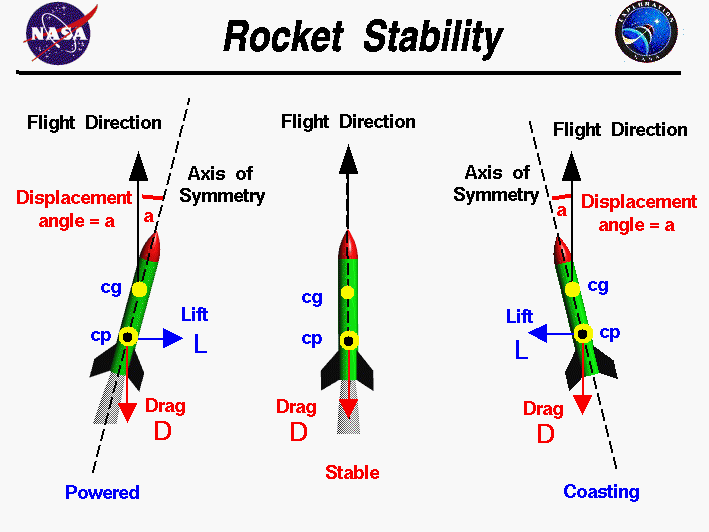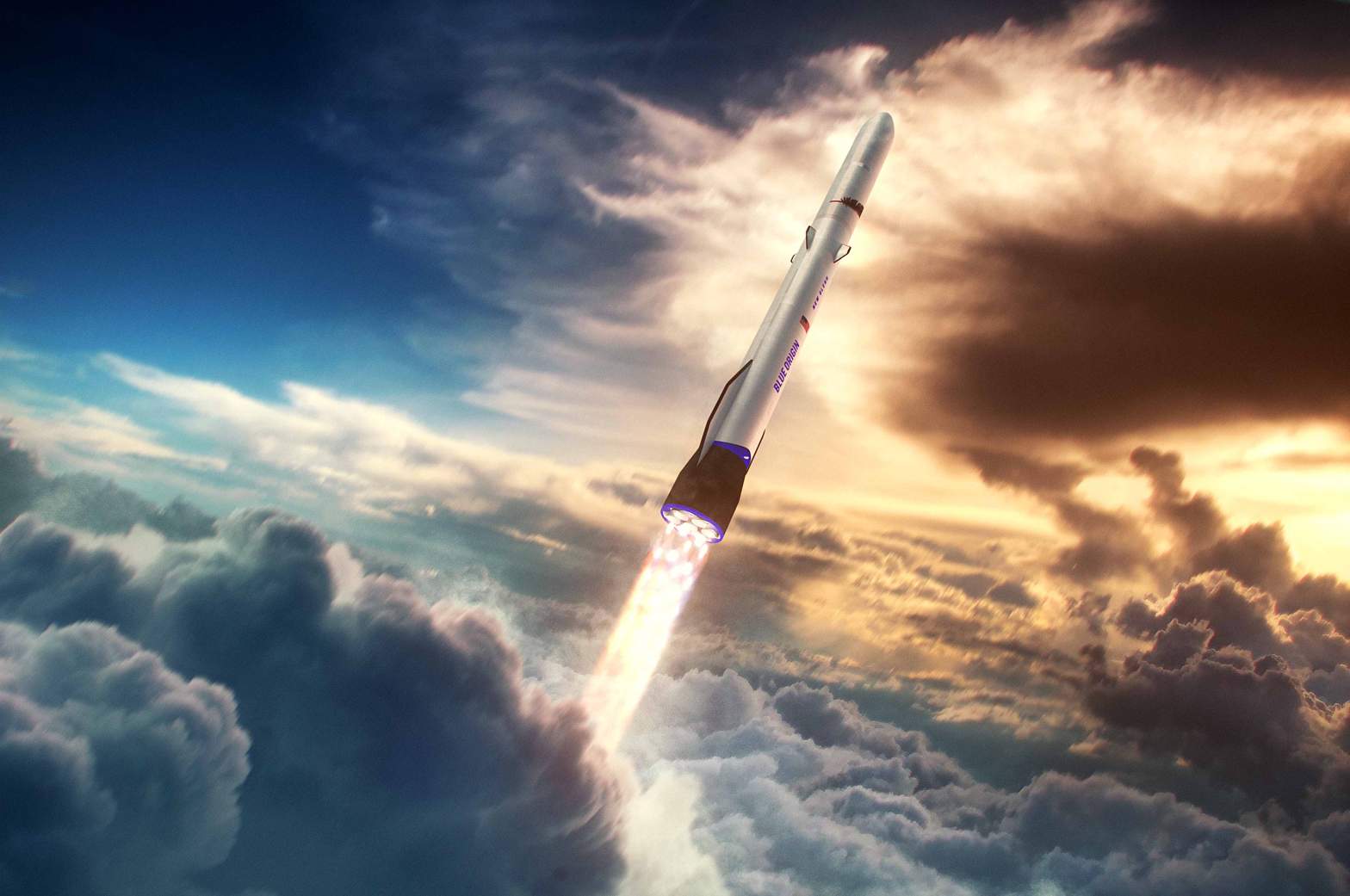The concept of aerodynamics is mainly the study of how air flows over and through objects, as well as the effects of forces generated by air flows. Therefore, a rocket flying in the air is necessarily subjected to aerodynamic forces, and therefore rockets must be designed in accordance with these conditions. The external design of the rocket directly, while the internal mechanical design and weight indirectly affect the aerodynamic structure of the rocket.
The aerodynamic fundamentals of hybrid-fueled rockets are the same as those of solid-and liquid-fueled rockets. Because of this, from an aerodynamic point of view, their design and the process of investigating the suitability of these designs are similar.
If we examine the exterior design of the rocket from an aerodynamic point of view, we encounter two basic structures that affect the aerodynamics of the rocket in the flight stage: the fins and the nose cone.
Fins are essential for the rocket’s flight stability. Their main task is to pull the center of pressure at the top of the rocket down from the center of gravity, as well as balance the aerodynamic forces that will affect the rocket. In this way, stability is achieved and the rocket performs its flight without somersaults, with minimal wobbles. In addition to the counted rocket fins; when going at a certain angle of attack during the flight of the rocket, their shape and Bernoulli principle create a buoyancy that acts on the rocket. In this way, the altitude of our rocket will also be increased. But it should be noted that due to the presence of fins, additional drag forces on the rocket will also act throughout the flight. Because of this, the shape and design of the wing you choose should be selected in such a way that it best suits these aerodynamic conditions.

The part we call the nose cone is the end of the rocket. It’s the first component that meets the air when the flight starts. Thanks to its shape, it can reduce the drag that the rocket will encounter. So they must be designed according to the speed profile they will fly. A spherical nose at subsonic speeds is aerodynamically more efficient. At supersonic and higher speeds, which we call above sound, more pointed and conical geometries should be preferred. In high-speed flights, they must also be made of materials that are resistant to high temperature, which can be caused by drift.
Another external structure that indirectly affects the two structures, except for the nose cone and fins, but we cannot count as a basic factor, is the rocket body. Their design is not very variable, they are usually in The shape of a carved cylinder inside, and the necessary systems are placed in this space. If these systems were in contact with air instead of being inside the fuselage, the aerodynamics of the rocket would be negatively affected by this situation and disrupt the flight stability of the rocket. The rocket body must also be long and large enough for all systems to fit.

It should be noted that during the flight process, our rocket will do a job against gravity. Because of this, the total weight of the rocket should also be as small as possible. This situation also shows us the influence and importance of the materials to be used in the construction and preference of the parts at every stage.
After completing the flight of the rocket, our parachute system, which we call the rescue system, is activated so that we can land it back on the ground unharmed. This requires us to consider aerodynamic forces again during the design of the parachute system. Ropes and shock cords to be used with the parachute should also be selected according to possible aerodynamic forces.
If all these structures are designed in the appropriate aerodynamic forms, both our rocket will fly healthy and smoothly, and the altitude covered compared to the amount of fuel spent on the rocket’s flight will provide us with the efficiency we want.
Stay with science and knowledge.
